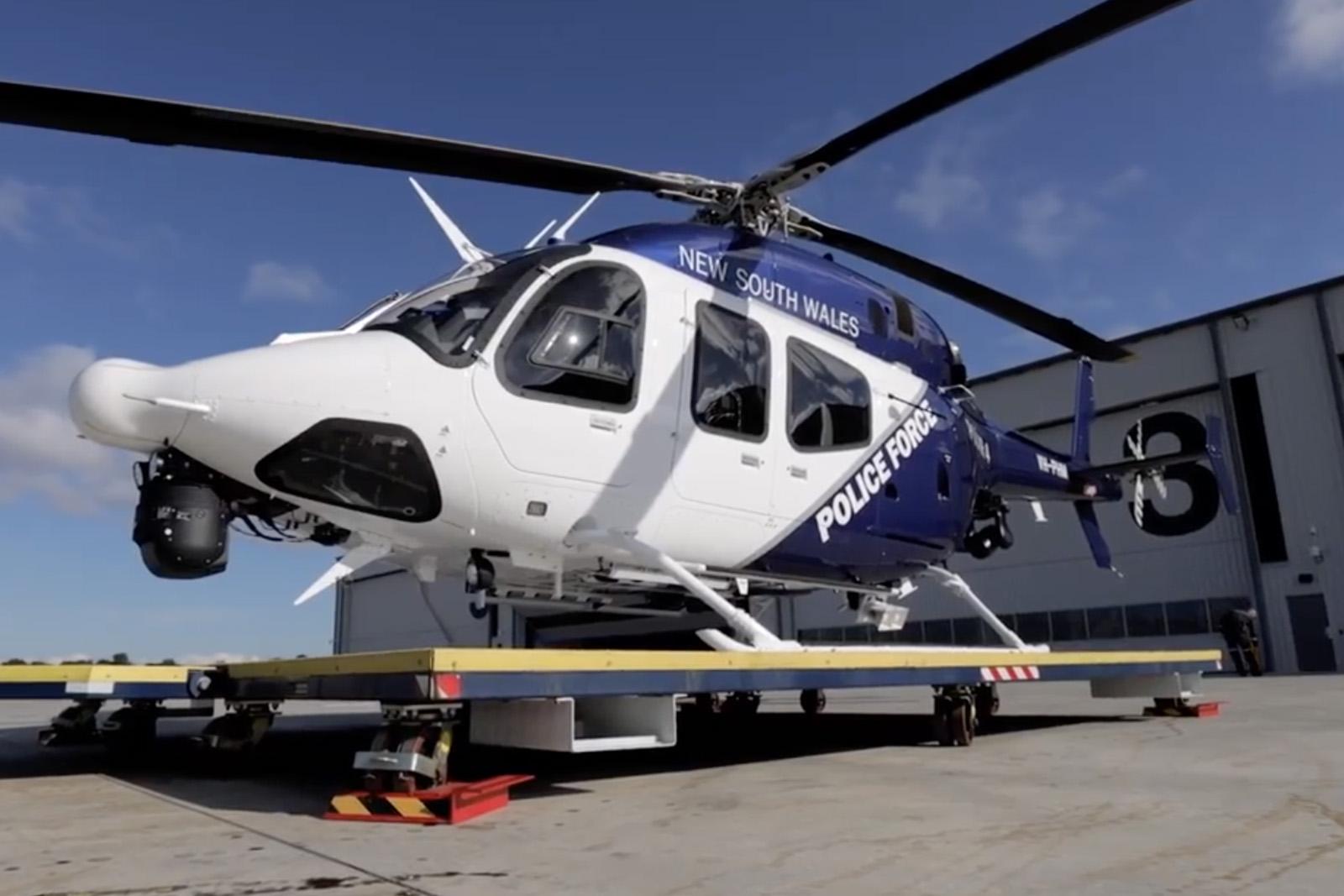
SINGAPORE—Bell closed out 2021 in its defense and commercial segments on a better note than expected despite ongoing impacts from the COVID-19 pandemic, but limitations on travel have continued to restrict the market.
That’s why the Singapore Airshow has been circled in the company’s calendar.
“The pandemic has made engagement with the customer much more difficult,” says John Woodbery, Bell’s director of international campaigns in Asia and of global military sales and strategy. “That’s why the Singapore Airshow is for us—especially on the military side—really important, because this would be the first time we’ve actually bumped fists with some of our bigger customers out there.”
Several countries have been forced by the pandemic to restrict spending, but Woodbery says this has started to ease with the company engaged in more promising discussions with customers.
“In the defense world, the pandemic has hit a lot of the budgets pretty hard, but I’m happy to report that most countries are still moving forward with what plans they had for defense acquisitions and that’s always promising,” he says.
For example, Bell is continuing discussion with Indonesia, where the company was close to a deal last year. “And I think it just boiled down to a budget issue with them, but we’re hoping through conversations and continued contact with them that there may still be a V-22 opportunity there,” Woodbery says.
The company is aggressively shopping around the tiltrotor aircraft across the globe and urging the U.S. to buy more. Woodbery says a country in the Mediterranean region has expressed interest. Elsewhere in the Asia-Pacific region, Bell is still pitching the Osprey to Australia.
“We’re always talking to Australia about [the] V-22, and they’re always telling us they don’t have a need for it,” Woodbery says, adding that Bell thinks the country “could benefit from that capability.”
Bell has “a couple customers out there” for the UH-1Y Venom and AH-1Z Viper helicopters, Woodbery says without providing specifics. The helicopters are “uniquely suited for the amphibious environment and working in the littorals” having been designed for use at sea by the U.S. Marine Corps.
There also are other customers in the Asia-Pacific, along with Central America, that are interested in repurposing civil helicopters such as the 407 and 412 for military use, Woodbery says. For example, Thailand is looking to replace its UH-1s, and Bell is in contact with them about the 412 or “something similar,” depending on requirements, says Victor Chin, Bell’s senior manager of global military sales and strategy. Bell could offer the smaller 429 if it meets requirements and can help with Thailand’s budget.
While 2020 and 2021 were hard for the aviation industry as a whole, Bell still made “good progress and left 2021 in good standing, with a decent share of the orders available in the region,” says Jacinto Monge, Bell’s managing director of Asia-Pacific.
The highlights included Australia’s New South Wales police selecting the 429 and corporate customers in Bangladesh and the Philippines selecting the 505. There was also “a lot of activity” in sectors including emergency medical services, law enforcement and disaster relief across the region, he says.
Bell’s aftermarket maintenance, repair and overhaul and component repair and overhaul services in 2021 exceeded its expectations, largely due to the lingering effect of the pandemic in 2020, says Chris Schaefer, director of support and services. Despite the shutdown of spares and procurement departments in 2020, parapublic helicopter operators still flew at about the same rate as before and this caused a “catch-up effect” in 2021. The company also expanded its footprint in the Asia-Pacific with a new authorized maintenance center in Indonesia.
